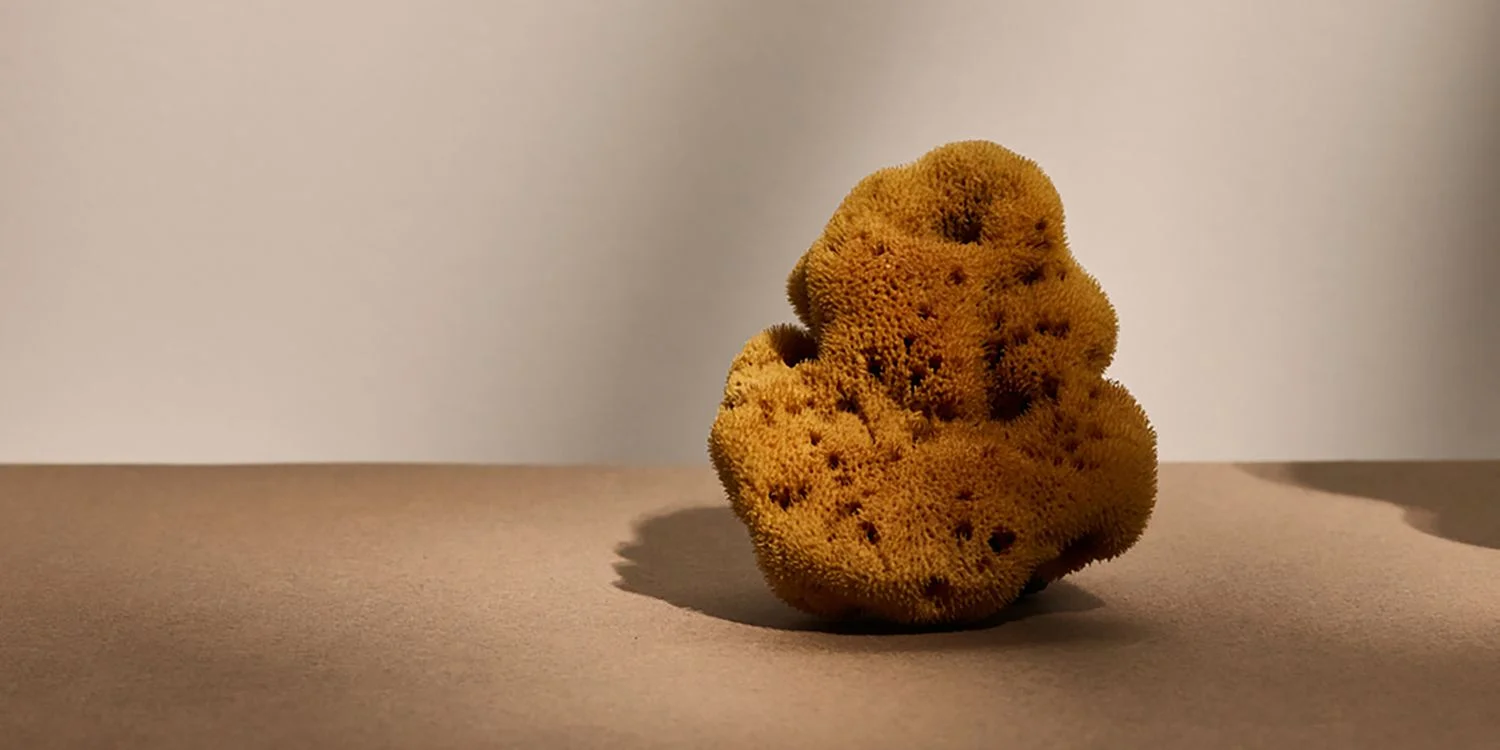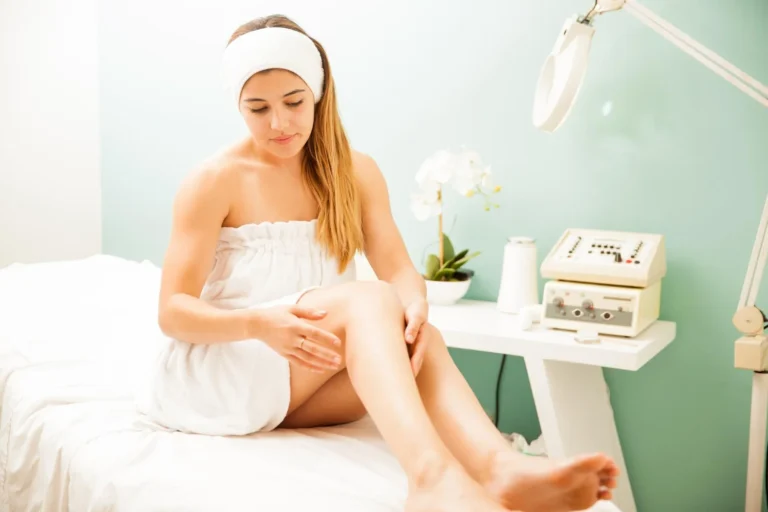Spicule Skincare: What You Need to Know
Spicule skincare is a new trend in the beauty industry that claims to offer natural and effective solutions for various skin concerns. But what are spicules, and how do they work? In this article, we will explore the benefits, risks, and tips for using spicule skincare products.
What are Spicules?
Spicules are microscopic, needle-like structures that are found in some marine organisms, such as sponges and sea cucumbers. They are made of calcium carbonate, or silica, and they serve as a defense mechanism against predators and parasites.
Spicule skincare products use spicules extracted from freshwater sponges, which are rich in minerals and antioxidants. The spicules are ground into a fine powder and mixed with other ingredients, such as hyaluronic acid, collagen, and plant extracts. The resulting product is a cream, serum, or mask that can be applied to the skin.
How do Spicules Enhance Your Skin Health and Appearance?
Spicules work by creating micro-channels in the skin, which allow the active ingredients to penetrate deeper and faster. This process is similar to microneedling, a cosmetic procedure that uses tiny needles to create controlled wounds on the skin, stimulating collagen production and enhancing absorption.
Spicules claim to have several benefits for the skin, such as:
- Exfoliating dead skin cells and unclogging pores
- Improving skin texture and elasticity
- Reducing wrinkles and fine lines
- Brightening skin tone and fading dark spots
- Hydrating and nourishing the skin
- Fighting acne and inflammation
- Boosting skin immunity and healing
What are the Potential Risks and Side Effects of Spicules?
Spicules are generally considered safe and biodegradable, but they may not be suitable for everyone. Some potential risks and side effects of using spicule skincare products are:
- Allergic reactions and irritation
- Infection and inflammation
- Scarring and hyperpigmentation
- Pain and bleeding
To avoid these complications, it is important to follow the instructions and precautions for the product. Some tips on how to use spicule skincare products safely and effectively are:
- Do a patch test before using the product on your face.
- Cleanse your skin thoroughly before and after applying the product.
- Use the product only once or twice a week, depending on your skin type and sensitivity.
- Do not use the product on broken, inflamed, or infected skin.
- Avoid sun exposure, and use sunscreen after using the product.
- Discontinue use if you experience any adverse reactions.
Customizing Spicule Skincare to Suit Your Skin Type
Spicules are suitable for most skin types, as they are derived from natural materials and are meant to be gentle enough for the skin. However, some skin types may need to be more cautious or avoid spicule skincare altogether. These include:
- Sensitive skin: Spicules may cause irritation, inflammation, or allergic reactions for people with sensitive skin, especially if they have a history of eczema, rosacea, or dermatitis. Sensitive skin may also be more prone to scarring or infection from the microtears created by spicules.
- Acne-prone skin: Spicules may aggravate acne or cause breakouts for people with acne-prone skin, as they may introduce bacteria or dirt into the open wounds. Acne-prone skin may also have a higher risk of developing post-inflammatory hyperpigmentation from the spicule treatment.
- Dry skin: Spicules may strip the skin of its natural moisture and oils, leading to dryness, flakiness, or tightness. Dry skin may also have a lower tolerance for spicule skincare and experience more discomfort or pain.
- Oily Skin: Spicules can benefit oily skin by gently exfoliating, removing excess oil, and promoting a clearer complexion. Opt for lightweight spicule formulations to avoid overwhelming your skin.
- Combination Skin: Customize spicule care for combination skin by targeting oilier zones with exfoliating spicules and choosing milder formulations for drier areas, achieving balance across different skin zones.
- Normal Skin: For normal skin, spicules offer versatile benefits, including gentle exfoliation, enhanced product absorption, and overall rejuvenation. Incorporate spicule products to maintain your skin’s natural balance.
How to Use Spicules for Skin
Spicule skincare can be done at home or at a professional salon. The procedure is similar to microneedling but less invasive and more affordable. Here are some steps to follow for using spicules for skin:
- Cleanse: Before applying any spicule product, make sure to cleanse your face thoroughly and remove any makeup, dirt, or oil. This will prevent any infection or inflammation from the spicule treatment.
- Apply: Depending on the type of spicule product you are using, you may need to apply it to your entire face or only to the targeted areas. Some spicule products are in the form of masks, serums, or creams, while others are in the form of patches or sticks. Follow the instructions on the product packaging and apply the spicule product evenly and gently to your skin. Avoid the eye and mouth area, as well as any open wounds or inflamed skin.
- Massage: After applying the spicule product, massage your skin with your fingers or a roller for about 10 to 15 minutes. This will help the spicules penetrate the skin and create microtears. You may feel some tingling, itching, or burning sensation, which is normal and indicates that the spicules are working. However, if you feel any severe pain or discomfort, stop the massage and wash off the product immediately.
- Remove: Once the massage is done, remove the spicule product from your skin with water or a damp cloth. Do not rub or scrub your skin, as this may cause more damage or irritation. Pat your skin dry with a soft towel and avoid any friction or pressure on your skin.
- Moisturize: After removing the spicule product, apply a moisturizer or a serum that suits your skin type and needs. This will help to hydrate, soothe, and protect your skin from any environmental stressors. You may also use a product that contains hyaluronic acid, niacinamide, or vitamin C to enhance the benefits of the spicule treatment.
- Protect: The last and most important step is to protect your skin from the sun. Spicule skincare can make your skin more sensitive and vulnerable to sun damage, which can reverse the effects of the treatment or cause more problems. Apply a sunscreen with at least SPF 30 and reapply every two hours. Avoid direct sun exposure and wear a hat, sunglasses, or clothing that covers your skin.
Choosing Spicule Products Based on Skin Type: Unnie’s Recommendations
Unnie knows that every skin type is different, and that’s why they have carefully tested and selected the Petitra Rejuvenation Expert Spicule Cream. This cream is unique for its pure and potent spicule, PDRN, human stem cell culture, and super EGF. No matter what your skin type is, this cream can help you with various issues, such as smoothing wrinkles, firming skin, clearing acne, slowing aging, and brightening your complexion.
Conclusion
Spicule skincare is a novel and innovative way to improve your skin’s health and appearance. However, it is not a miracle cure, and it may not work for everyone. Before trying spicule skincare, make sure to do a patch test and consult your dermatologist if you have any skin conditions or concerns. Spicule skincare should be done once a week to start, and then increase the frequency as needed. Do not overdo it, as this may cause more harm than good. With proper care and caution, spicule skincare can be a great addition to your beauty routine.
Potential Considerations and FAQs
1. Are Spicule Skincare Products Safe?
When used as directed, spicule skincare products are generally safe. However, it’s crucial to follow the instructions provided by the product and perform a patch test before widespread use, especially for those with sensitive skin.
2. How Often Should I Use Spicule Products?
The frequency of use depends on the product and your skin’s tolerance. Start with a lower frequency, such as once or twice a week, and gradually increase if your skin responds well.
3. Can Spicule Skincare Replace Professional Treatments?
While spicule skincare provides excellent at-home benefits, it may not entirely replace professional treatments. Consider it as a complement to your regular skincare routine and occasional professional treatments.








